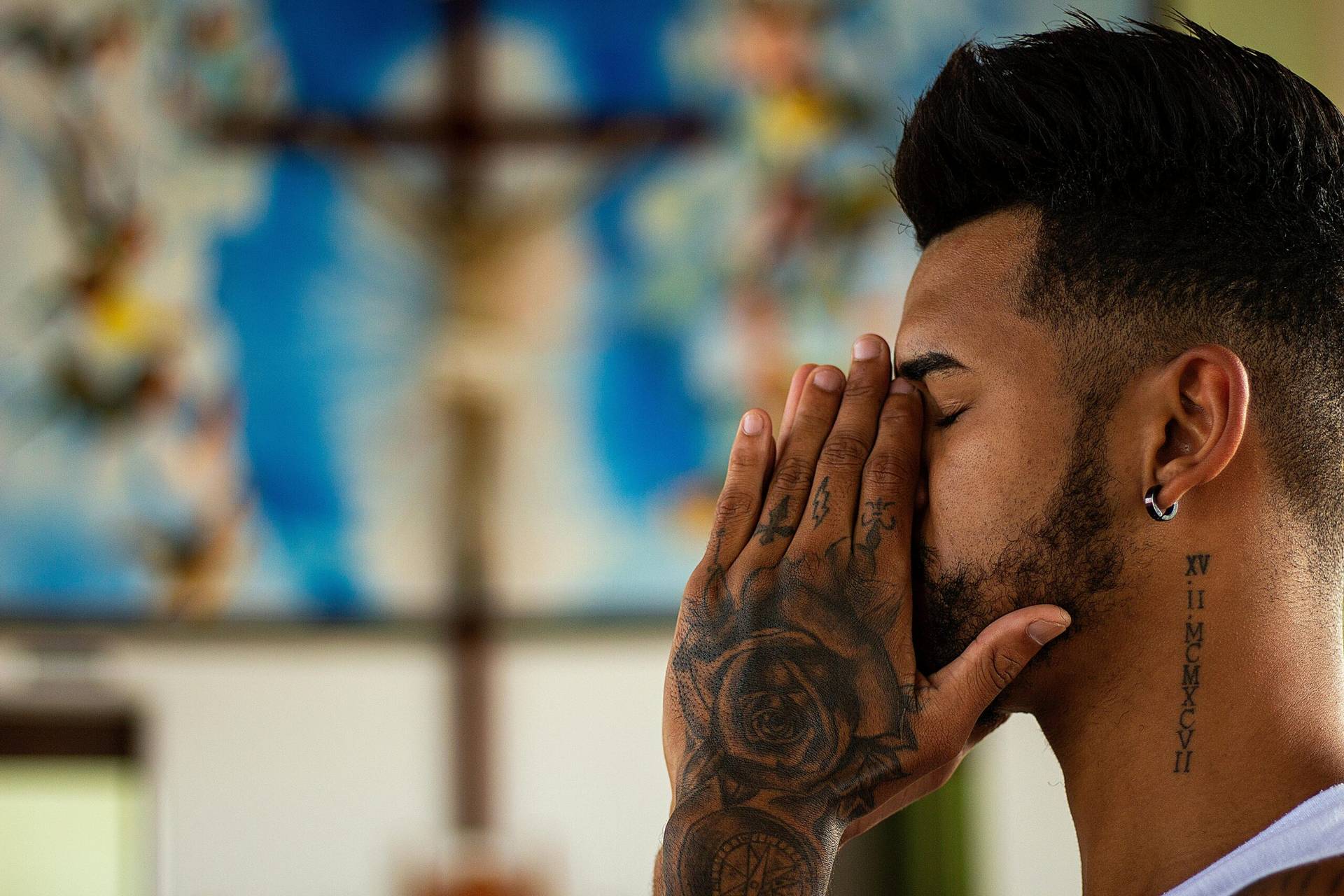Three months before his inaugural visit to the United States last September, Pope Francis released his encyclical, Laudato Si, calling for immediate action to solve our environmental crisis. In a sweeping appeal to policy makers, church and civil leaders, and individuals, he called on us all to take steps to better care for creation as a whole.
As we mark the encyclical’s one-year anniversary, a survey of the Church in the United States reveals that both those in the pews and those in the pulpit have heeded the urgency of Laudato Si.
Upon the release of the encyclical, many anticipated that the reaction would fall strictly along the Church’s partisan fault lines. Yet the encyclical’s message that “everything is connected”—from embryos to ecosystems—has provided an occasion for unity rather than division.
In the Archdiocese of San Francisco, Archbishop Salvatore Cordileone relied on the message of Laudato Si to serve as a uniting force for both those within and outside of the Church.
“Right now, it seems that there is an awful lot that divides our nation,” he remarked. “The polarization seems to be getting sharper, the rhetoric more bitter. But no matter where you are on the political spectrum or the church spectrum, we have newness with this encyclical.”
An archdiocesan-wide conference in April provided a chance for parishioners to discuss and set benchmarks to work toward more environmentally sustainable goals on a local level.
For the Archdiocese of New York, Cardinal Timothy Dolan anticipated this mandate with the commencement of the restoration of its beloved St. Patrick’s Cathedral in 2012, one of the United States’ top tourist attractions and best-known places of worship. In addition to the repair of the crumbling façade, the blackened stained glass, and the leaking roof, St. Patrick’s restoration has implemented a design that relies on geothermal energy.
While geothermal energy is more expensive in the short term, it’s a much better use of energy for the long term. Such a move puts the Cathedral on an exemplary path to sustainability and aligns with the goals of Mayor DeBlasio and #ONENYC, the city’s plan to build a more equitable, just, and greener city as it approaches its 400th anniversary.
The city’s cathedral, therefore, serves as a model for care of creation and beckons the rest of the city to follow suit.
In the Archdiocese of Denver, Catholics led a Climate Change Mobilization Rally and a Day of Action this past fall in anticipation of the Paris Climate Change Conference last December. The Archdiocese of Chicago has also taken similar steps to reduce energy production at its Holy Name Cathedral and has developed water conservation plans at all Chicago Archdiocesan sites.
This past spring, over thirty Catholic and other faith-based institutions throughout the United States joined forces to file an amicus brief with a federal appeals court in support of the Environmental Protection Agency’s Clean Power Plan. The EPA’s plan mandates power plant greenhouse gas emissions decrease by 32 percent from 2005 levels by 2030.
Archbishop Thomas G. Wenski of Miami, chairman of the USCCB’s Committee on Domestic Justice and Human Development, added his support for this plan, calling it “an important step forward to protect the health of all people, especially children, the elderly and poor and vulnerable communities, from harmful pollution and the impacts of climate change.”
Just this month, a new survey revealed that Catholics are more likely than other Americans to believe that climate change is a reality, and that they have a personal responsibility to do something about it.
In considering the past year since the release of Laudato Si, what’s perhaps most striking is that its message has given an opportunity for a lived-out expression of two of Catholic social teaching’s most critical components: subsidiarity and solidarity.
At the heart of Laudato Si, the Pope asks us to consider, “What kind of world do we want to leave those who come after us, to children who are now growing up?”
In that sense, Laudato Si tasks us with putting the teaching of subsidiarity in action by surveying our homes, our own churches, and our local communities to consider what we can do at the most basic level to recognize that all of God’s creation must be protected and preserved.
On a macro-level, the encyclical reminds us that what we do now has consequences for future generations, and refusing to act is a failure of solidarity and stewardship. It also serves to remind us that while some of us might not feel the immediate effects of climate change, we must lend our voice and our efforts to improve the plight of those who do.
Hence the need for both parish driven responses on the local level, and the Paris Climate Change Conference on a global one. Both deserve our attention.
“On Care for Our Common Home,” the subtitle of the encyclical, reminds us that we are supposed to be true to our Eden-like heritage. One year later, these new initiatives inspire us to strive toward these goals with immediate action in hopes of moving us a bit closer on earth as it is in heaven.
















